Part 2: Our Brains Don’t Like Punishment
Our Brains Don’t Like Punishment
Let’s take a look at what happens to your kid’s brain when you use a harsh, punitive approach to discipline.
When your child hears you yell or express disapproval of them, it sends a warning signal to their limbic system (the emotional part of the brain) that says:
“Warning! Warning! The person you depend on for your very life is very mad at you right now! This is extremely dangerous! You won’t survive without this person! You will die without them! Warning! Warning!”
That warning signal sends a message to the neuroendocrine system, which activates a whole cascade of events, including the release of cortisol (a stress hormone) and adrenaline, which both dramatically interfere with learning.
The “teaching” you are trying to teach will get lost in the shuffle, says brain science, because there is too much cortisol and adrenaline pumping through your child’s system, interfering with whatever it is you are supposedly trying to teach.
How so? Well, most of the blood and energy flow will be in the limbic regions of the brain (the emotional center) when a warning like this goes off, so there will be much less blood and energy flow in the prefrontal cortex, where the learning and higher order thinking happens.
So if we want our teaching – our discipline – to be effective beyond that moment in time and actually contribute to the 1,000 times it will take to teach our child something new and complex, then we will need to say it with warmth and connection – so it doesn’t set off an alarm in our little toddler’s brain that interferes with what we are hoping they will learn.
We need to say whatever we want them to learn as calmly and confidently as a first grade teacher might say “C-A-T spells CAT!”
Punishment is like a fire alarm
Take a moment to remember what it was like at school when the fire alarm went off. Now imagine trying to learn math while the fire alarm is going off. That’s what it’s like for a toddler to try to learn something their parent is “teaching” them when the parent has severe disapproval on their face, when their tone of voice is agitated, and when information is communicated through intimidating body postures…let alone any harsh or alarming words their parent might use. All of these combine to create fire alarms in the child’s brain, getting in the way of learning. So if we really want the child to learn what we are trying to teach when we discipline them, it is more helpful to be clear and firm, but also be kind and stay connected.
Please note that I am NOT encouraging you to be permissive with your kids. Kids absolutely need limits. They need to bump up against limits again and again so they can learn – well before they get to school – that the world around them has defined boundaries and clear rules they must abide by. What I am suggesting is that kids will learn these rules more effectively if you 1) set these limits regularly and 2) be calm, kind and confident when you set these limits.
Indeed, the alpha female wolf in wolf packs lead this way. She makes decisions for the whole pack about where to go, and the timing of resting and hunting. And interestingly enough, the alpha male wolf is the wolf in the pack who has the lowest blood pressure. So in some ways, suggests Carl Safina in his poignant New York Times article, we simply to need to tap into our inner wolf to lead more effectively.
The Gentle Way Teaches More
One day when our Thursday Mindful Moms group was talking about disciplining our children gently-yet-effectively, one mom informed me that a relative of hers raised sled dogs for the Alaskan iditarod dog sled race. She said that they used to train sled dogs by yelling at the dogs and using whips. But they found that training the dogs with connection and praise led to more effective training – that is, they ended up with faster dogs that could run longer distances than those who were trained with whips and yelling.
This shows that training with warmth and love is not only just as effective – but is indeed more effective – than training with angry tones and harshness.
Further, as parents, we teach not only through what we say, but through what we do.
We all know that modeling is a powerful teacher. If we want to teach our children to manage their emotions, then we can’t just tell them what to do, we need to show them.
That means that we need to practice managing our own emotions. (But we are human, so we won’t do this perfectly, and that’s ok. What’s important is that we set the intention to practice regulating our own emotions in their presence.)
If we want to teach our child, for instance, not to yell when they are feeling frustrated, then we need to model not yelling when we are feeling frustrated.
We can either show them this:
● Mommy sees Child A do X to Child B.
● Mommy feels frustrated.
● Mommy yells at Child A.
And so our children learn, by watching us, that if you are frustrated at someone, you should yell at them.
Or we can show them this:
● Mommy sees Child A do X to Child B.
● Mommy feels frustrated.
● Mommy takes a breath, comes over to Child A, bends down to Child A’s level, puts her arm around Child A, and says, “I’m not going to let you do that, sweetie.”
● Mommy stays there, preventing Child A from doing X to Child B again.
● Child A cries (because there is a lot of tension that has been building in Child A, which lead to Child A doing X to Child B), and mommy is there to listen. Feeling this emotional safety, and lack of interpersonal disapproval, Child A is safe to release these pent up feelings that most likely led to the off-track behavior in the first place.
● Mommy says to Child B, “I am going to help Child A get her hurt out, so she won’t try to hurt you again.”
● Child A has a good, long cry, feels better, and plays well with Child B.
And so our children learn, by watching us, how to manage frustration. They learn – by watching us – that it is possible to feel frustration, and not act on it.
This gentle way also teaches our children that there are loving, connected, caring ways to effectively intervene when someone is hurting someone else. And that these ways really do help Child A stop hurting Child B, because it gets to the root of the issue. This gentle, emotionally safe and connected way helps Child A release the stored tension and the big feelings that were brewing inside. Free of this inner turmoil and tension, Child A naturally demonstrates much more relaxed, cooperative behavior and is more able to focus.
Our children build emotional intelligence by witnessing our emotional regulation happening real time. They also learn how to connect with someone before correcting them, and that to connect before you correct is quite an effective way to intervene.
These are incredibly important life skills that we can teach them again and again and again – for some of the 1,000 opportunities we will have between the ages of 2-5! All of these skills help kids develop emotional intelligence – a central factor in a meaningful and successful life!
The Choice Is Ours To Make
So there is a choice that we can make when we are aware of these possibilities:
Do I want to teach my child to get tense, yell and use harsh tones when they don’t like what is happening?
Or…
Do I want to teach my child to how to effectively manage her/his frustration when they don’t like what is happening?
Each and every time we manage our own emotions when we are frustrated with something that is happening between us and our children, we are helping our children – through a series of brain cells called mirror neurons – lay down pathways in their own brains for being able to manage their emotions effectively – down the road, later in life. In terms of which kinds of neural connections get formed in their young minds – connections that make it harder for them or easier for them to manage their emotions, the choice is ours to make. Let’s choose wisely! It all begins with us.
CLICK HERE TO CONTINUE READING ~ PART 3
DISCIPLINE YOUR TODDLER EFFECTIVELY YET GENTLY

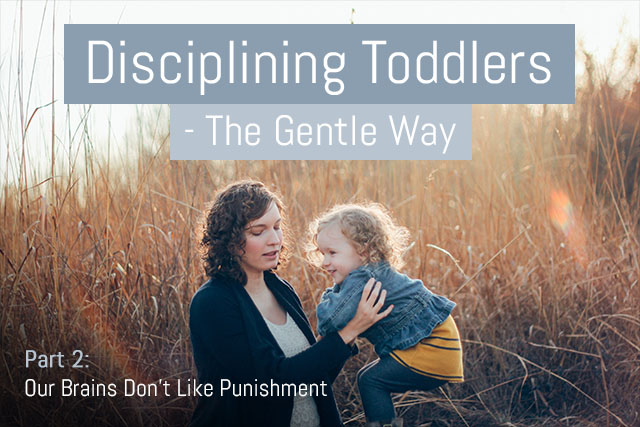
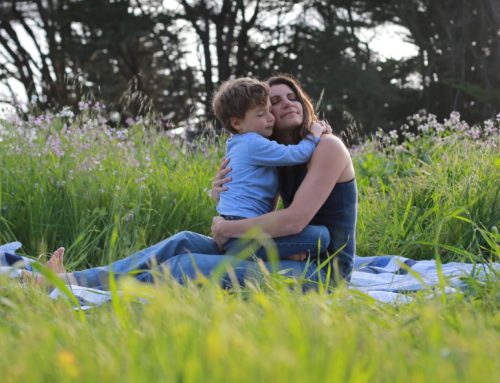

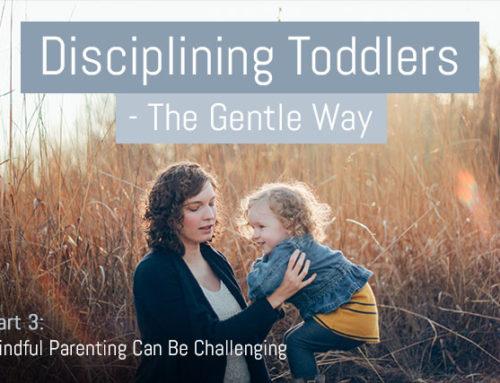
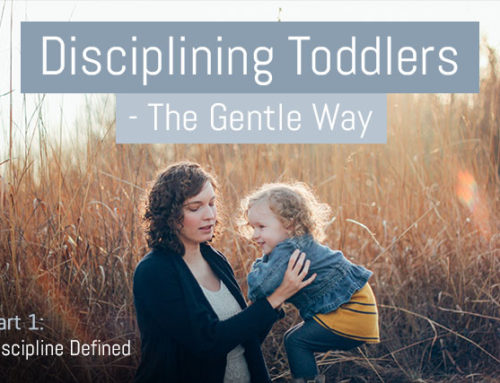
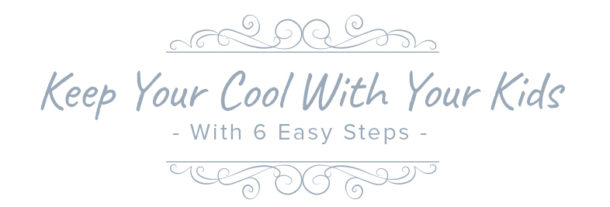
Leave A Comment